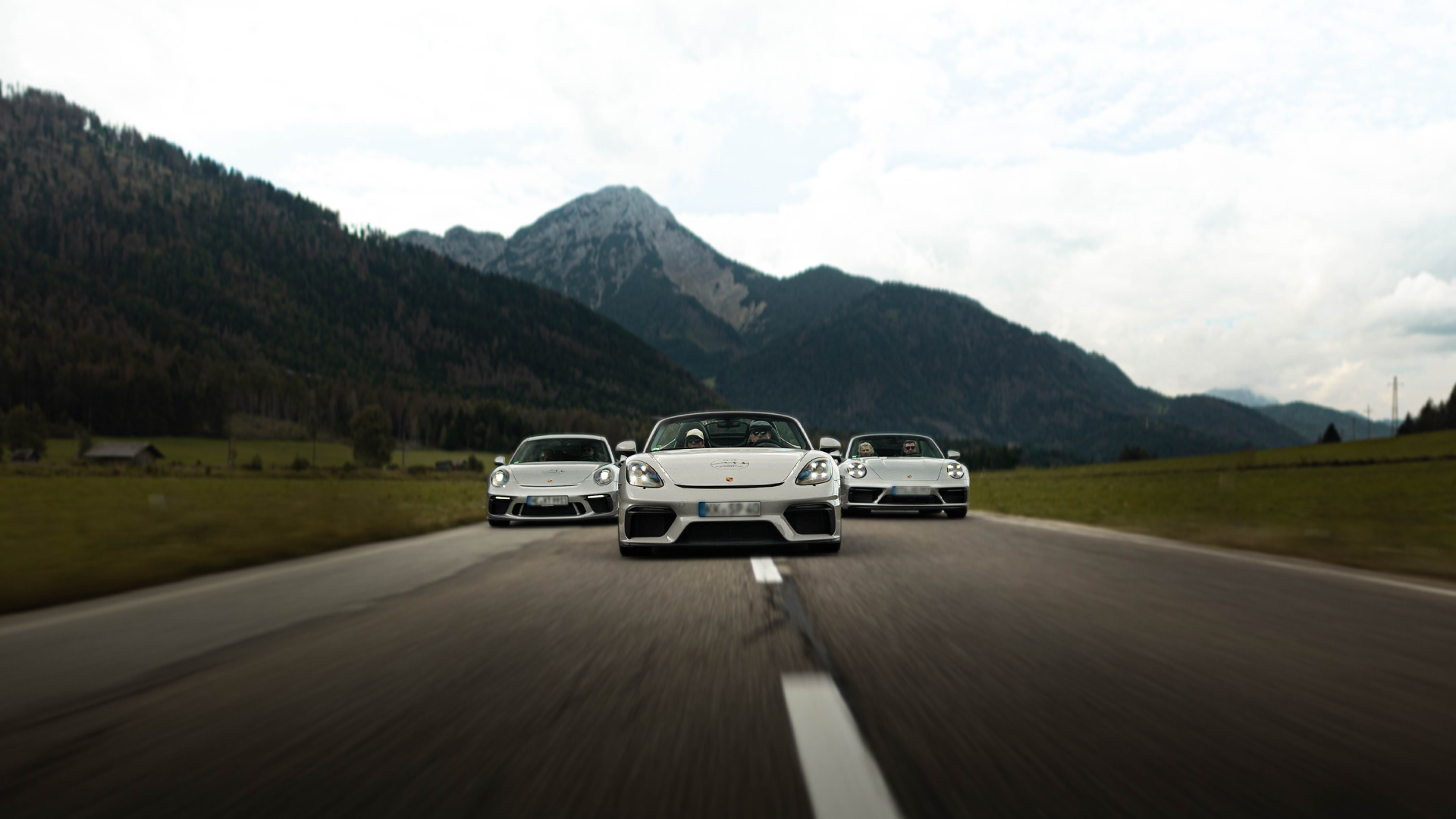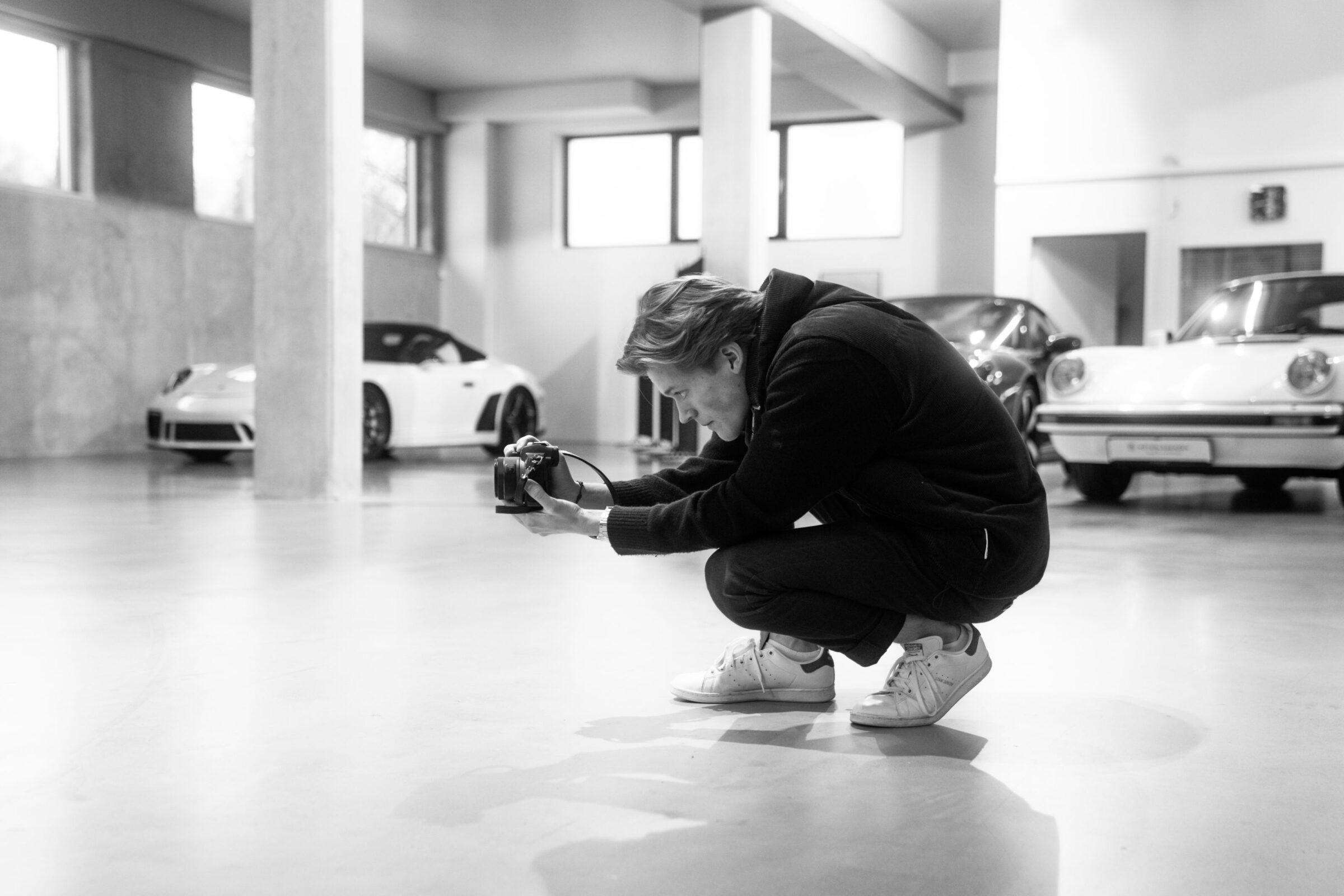120 Years of Mercedes as a brand
Actually, parents shouldn’t have favorites among their own children. However, there would then not be a brand name in this form that is known worldwide today. We take a brief look at the life of Emil Jellinek. He wasn’t only a diplomat from Austria-Hungary, but also a very successful businessman despite his rather poor school education. He began by selling insurances and finally used the contacts he had made with the moneyed aristrocracy during the winter on the Riviera to get these people new cars. He himself was infected with the car virus early on. A tricycle by De Dion-Bouton was followed in his yard by a Léon-Bollée Voiturette and a motor carriage by Benz. In 1896, he heard about the Daimler-Motoren-Gesellschaft (DMG) for the first time and travelled to Cannstatt in Germany specifically to be shown the workshop and vehicles by Gottlieb Daimler and Wilhelm Maybach. This led to Jellinek selling cars from DMG on the south coast of France from 1898 onwards and also taking part in races for advertising purposes. Already then he appeared in the starting lists as ‘Monsieur Mercédès’. It should be mentioned at this point that his first marriage produced the sons Adolph and Fernand Raoul as well as his daughter Mercédès Adrienne Ramona Manuela. He was particularly fond of his daughter, who reminded him of his wife Rachel, who died in 1893. Although his second marriage produced three more sons a another daughter, they never achieved the status of Mercédès.
Because he was so enthusiastic about his first daughter, Emil Jellinek suggested the name Mercedes as a product designation to DMG, which was implemented from 1900 onwards, first with a newly developed engine an finally with a car. Up to this time, the models had only carried technical designations. However, a sonorous name sells better, which Jellinek recognised early on. At the same time he was given a seat on the company’s supervisory board and ordered 36 vehicles, subject to the condition that they be sold exclusively in France, Belgium, Austria-Hungary and the USA by him. In 1902 the DMG registered ‘Mercedes’ as an official trademark and had the name legally protected. Another year later Emil Jellinek changed his surname to ‘Jellinek-Mercédès’ and built a second Villa Mercedes in Nice for his family, which served as his main residence in addition to the first Villa Mercedes in Vienna. His interest in automobiles finally waned and he concentrated more on his consular activities.


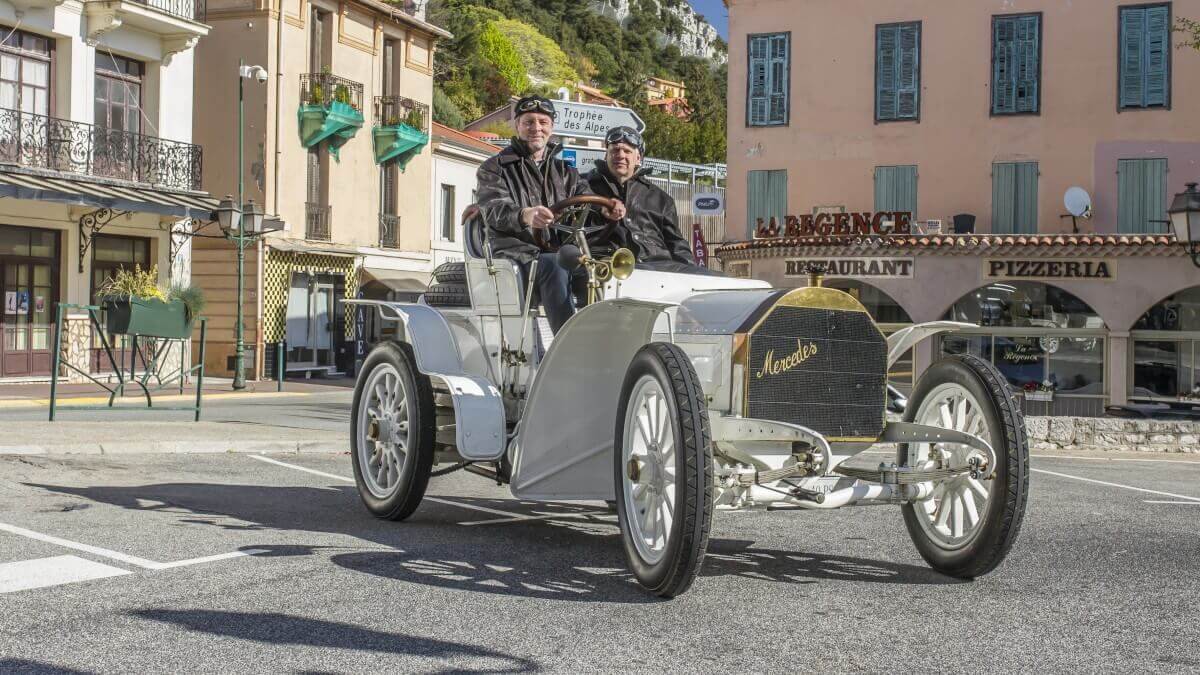

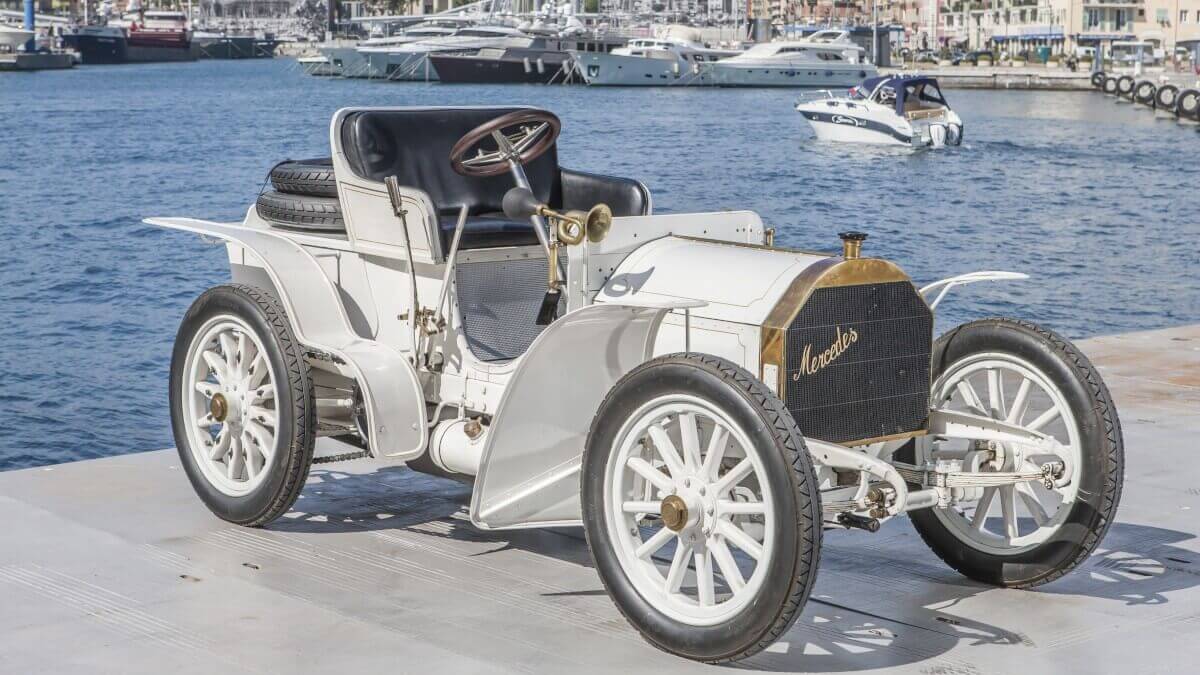

















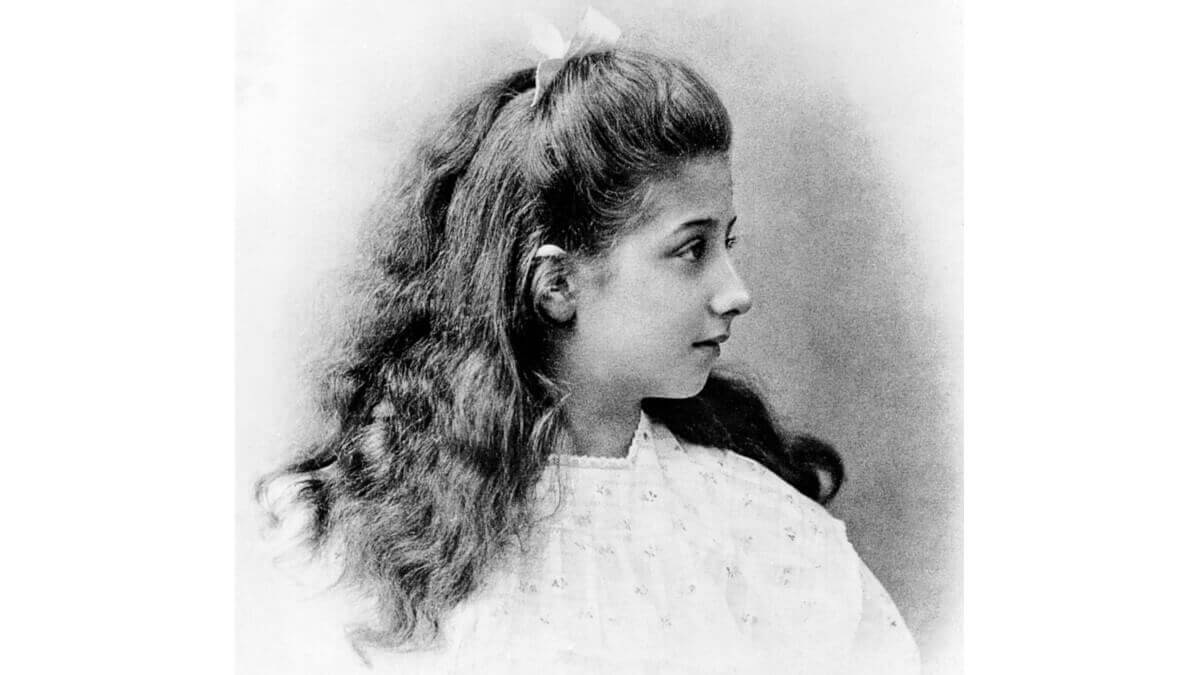

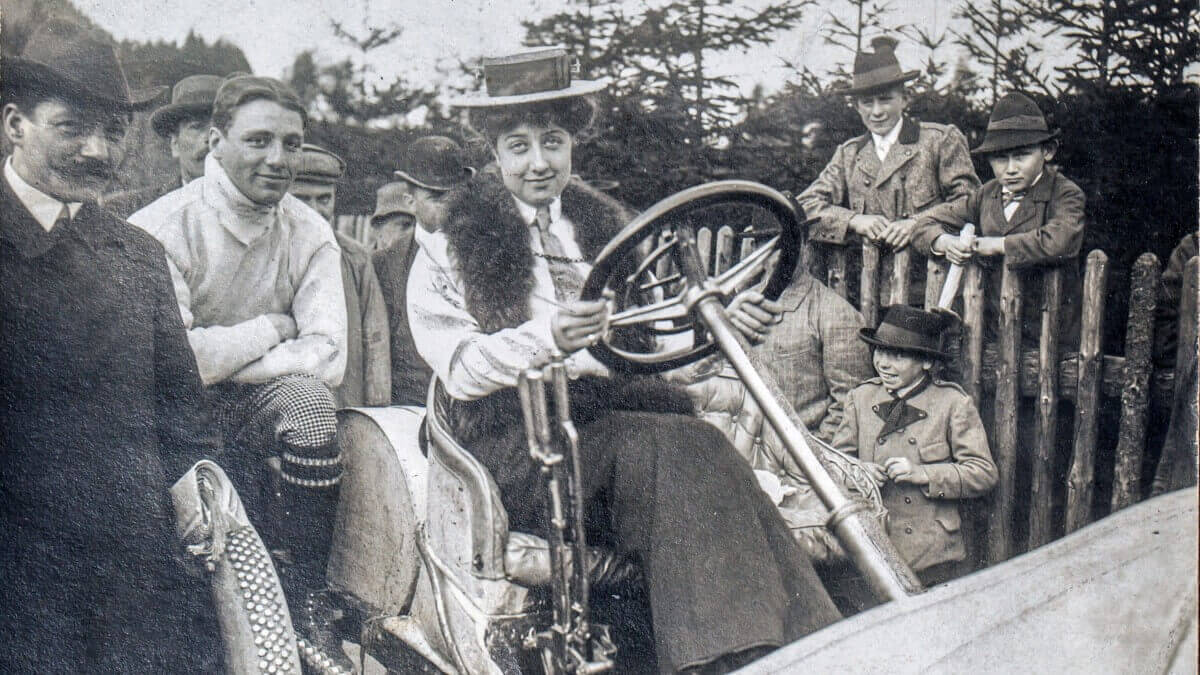





The first Mercedes vehicle delivered with the newly developed 35 hp engine reached the sales premises of Emil Jellinek in Nice on 22 December 1900. It was a racing version, which in terms of performance represented the spearhead of the Daimler programme at that time. Chief developer Wilhelm Maybach attached great importance to a low center of gravity, lightweight construction and high reliability. The large honeycomb radiator was organically integrated into the design of the body, so that the car no longer resembled a carriage with a retrofitted engine, but rather heralded the path to the modern automobile. Paul Meyan, founding member and General Secretary of the Automobil Club de France (A.C.F.), said at the time: “We have entered the Mercédès era”. At what was then the most important motorsport event, the Week of Nice in March 1901, the new Mercedes racing cars took all the top places, making for many headlines and full order books. At Cannstatt, DMG was at times unable to keep up with production.
With the new sales name, Mercedes subsequently gained worldwide attention and further important race victories. In 1909 DMG registered a three-pointed star and a four-pointed star as trademarks, but ultimately only used the three-pointed star on its products from 1910. It stands as a symbol for Gottlieb Daimler’s efforts to promote motorisation on land, at sea and in the air. 16 years later, a number of banks merged the companies of Carl Benz and Gottlieb Daimler to create Mercedes-Benz. As a trademark, the DMG three-pointed star was merged with the laurel wreath of Benz & Cie., supplemented by the new brand name.
In the meantime Mercédès Adrienne Ramona Manuela Jellinek had married the Viennese Karl Freiherr von Schlosser and had the children Elfriede and Hans-Peter. After the divorce she married Rudolf von Weigl in 1926, a sculptor from Vienna, who died after only a few months of marriage. Mercédès herself died of bone cancer in 1929 and was buried in the family grave in the Vienna Central Cemetery. She never owned an automobile in her whole life. Besided naming the famous car brand, a sculpto also made her virtually immortal. Josef Valentin Kassin created the Undine Fountain in Baden near Vienna in 1903, giving the main character the facial features of Mercédès Jellinek. He also modelled a mourning woman for the Vienna Central Cemetery, who also received this face. The extensive estate of Mercédès Jellinek has been in the possession of the Mercedes-Benz Classic Archive since 2012.
Images: Mercedes-Benz


